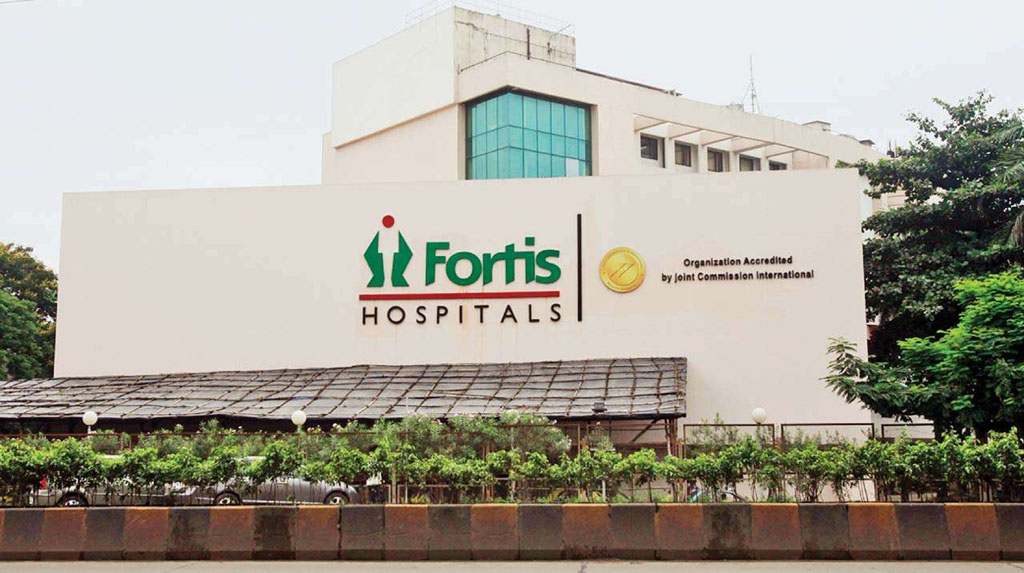New Delhi: Social distancing and isolation is an important intervention to contain local and community transmission of the coronavirus outbreak, says a doctor at Fortis hospital who successfully treated three COVID-19 patients.
Manoj Goel, Director and Head, Pulmonology, Critical Care and Sleep Medicine, Fortis Memorial Research Institute (FMRI) speaking with IANS said, “Social distancing is the most important intervention to contain local and community transmission. This novel coronavirus virus is highly contagious. Social distancing and stopping of contact of people will help in controlling the spread of the virus.”
He added that at the moment, the therapeutic strategies to deal with COVID-19 infection are only supportive, and prevention aimed at reducing transmission in the community is our best weapon. “The treatment essentially is symptomatic in the majority of the patients and aimed at relieving fever, cough and shortness of breath”, said Goel.
The Union Health Ministry on Monday had announced that coronavirus outbreak in India is, technically, still in local transmission stage, and there has been no community transmission so far. Joint Secretary Health Lav Aggarwal said, “Nowhere are we calling it community transmission. We are at local transmission stage. Speculation is raised if we use the word ‘community’. Kindly allow us to use the word community but not in the context you (media persons) want to interpret.” As on March 30, 9.30 p.m., according to the health ministry there were 1,117 positive cases, 32 deaths and 101 patients have been discharged.
On Sunday evening, the Ministry of Health and Family Welfare had released a document detailing Standard Operating Procedures (SOPs) to health workers on dealing with coronavirus or COVID-19 patients. The document had mentioned this SOP is applicable to the current phase of COVID-19 pandemic in India (local transmission and limited community transmission). This sent out speculation soaring.
In the first stage, only those who had travelled abroad tested positive. According to the government, India is still on Stage two, which is local transmission from an infected person, for example close acquaintances of the infected person — family members or relatives — who had travelled to a foreign country. In this case, the source of the virus is known, which makes it easier to trace the chain of infection. In Stage three or community transmission, the patient has not been exposed to an infected person or not travelled to country which reported many positive cases. At this stage, it is extremely difficult to identify the origin of the virus, or people detected positive could not identify where they have contracted this virus from.
Medical experts fear if India progresses into this stage, then there will be an exponential increase in the number of positive cases, which is extremely hard to control. Goel added the biggest challenge for the frontline health workers will be the treatment of the COVID-19 patients and also ensuring their protection from the deadly virus. “Protection has to be ensured right from the entry of the infected person inside the hospital to discharge. It is really a big challenge,” he added.
Last Tuesday, the Prime Minister had announced the three-week lockdown as a method to contain the spread of the virus, which has claimed over 30,000 deaths worldwide.
On March 22, the viral infection had spread into 75 districts in 23 states and Union Territories. Within six days, the viral infection had spread into 160 districts across 27 states. It shows the outbreak of the virus has doubled, but many patients have also recovered.
“During lockdown stage the viral infection took 12 days to reach from 100 cases to 1,000 cases. In western countries, 3,000 -5,000 cases have been found in the same time period. This shows we are progressing in the right direction,” added Aggarwal.
The Health Ministry on Monday confirmed 92 positive cases in the last 24 hours and four deaths. “Most of the positive cases for the coronavirus had a travel history,” Aggarwal added.




